Religious minorities and State-funded religious education in India- Part II
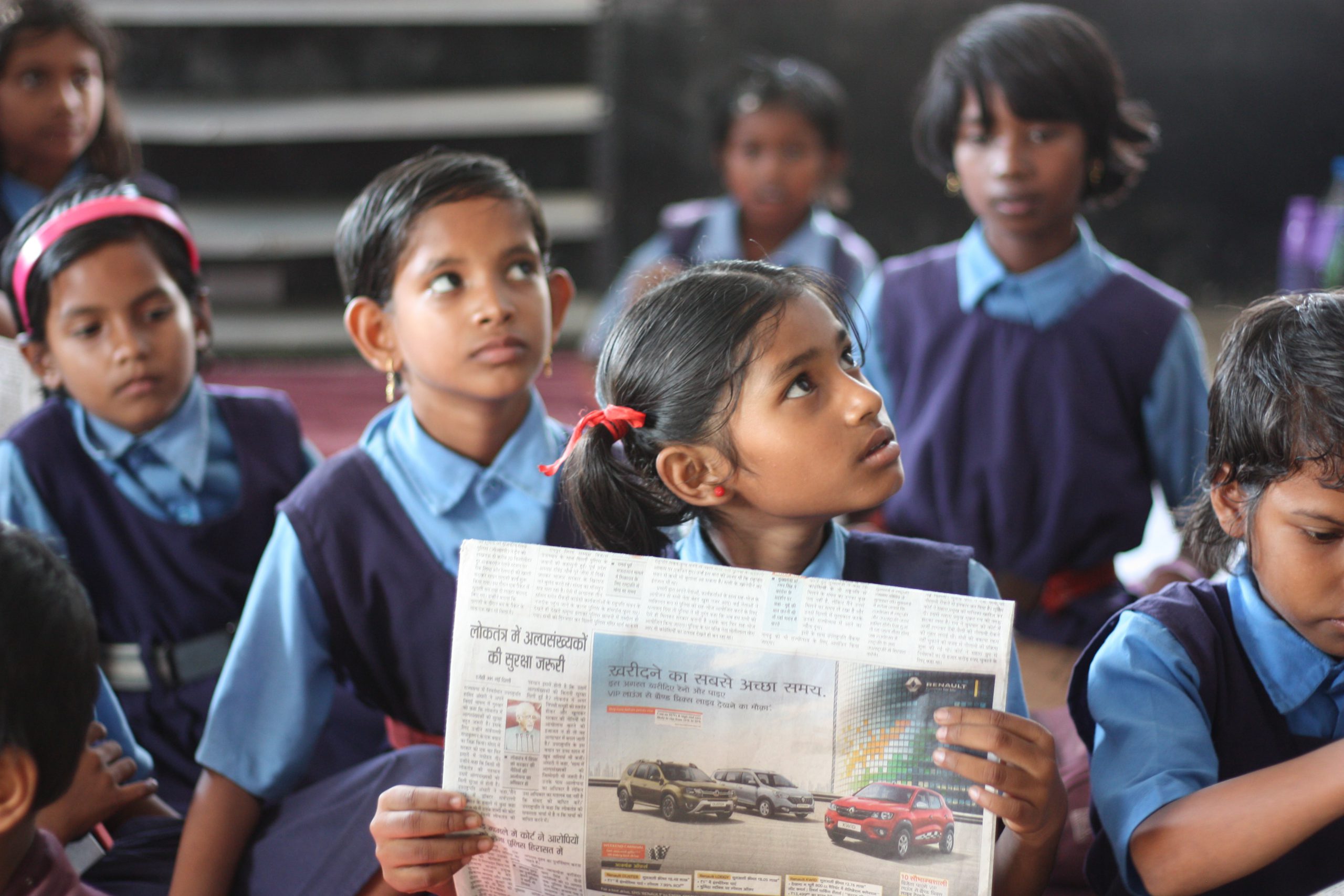
The previous piece of this article series ended discussing certain schemes and scholarships that support and promote education for minority (mainly religious) communities as listed by a central notification of 1993 (and as amended in 2014). Such schemes are funded by the Ministry of Human Resource Development and Ministry of Minority Affairs at central level and by the State Governments too. The MHRD has two major schemes: Infrastructure Development in Minority Institutions (IDMI) and Central Sponsored Scheme for Providing Quality Education in Madrasas (SPQEM) along with some schemes for SC/STs and other minorities. Apart from the funding that goes to minority education institutions at school level (the head is titled ‘Education schemes for Madrasas and Minorities’), the above named IDMI and SPQEM schemes also majorly fund higher education in more than 13500 minority universities and colleges such as Aligarh Muslim University (AMU), Jamia Millia Islamia (JMI), St. Stephens etc. During 2016-18, INR 3010 Cr and INR 1002 Cr have been allotted to AMU and JMI respectively alone under the head ‘Salary, recurring and capital assets’. This is apart from the funding to Madrasas under the SPQEM which according to the MHRD data has risen manifold in recent times and is proposed to be raised by 80% next year. The funds allocated for coaching and scholarships to minority candidates are separate.
Blessed are the national minorities
These schemes operate either on a central level or a state to state basis. In both cases, the beneficiary minority communities are those as notified by the Central Government in the abovementioned 1993 Notification. In case of a central scheme, the largest minority (Muslims) invariably reaps majority of the benefits arising therefrom and in the case of state schemes the minority with the largest population in that particular state gets the lions share. For instance, in the state of Mizoram, Christians are a majority which logically means that communities such as the Hindus, Jains, Parsis etc. which are numerically the minorities should receive most benefits of any scheme for religious minorities there. But since the Christians are a notified national minority they despite being majority in Mizoram, are their largest beneficiaries of the schemes for minority education. This same problem applies in every state of India where a national minority is the numerical majority. For instance in 2019-2020, biggest beneficiaries of the Pre-Matric scheme of Minority Affairs Ministry from many states were national minorities which are in fact a majority in those particular states. Again taking example of Mizoram, from a total of 27, 958 scholarships awarded, 23, 386 were to Christian students only. Similar is the situation for states such as Jammu & Kashmir (81322/95130 to Muslim), Punjab (200981/261166 to Sikh), Nagaland (17233/19811 to Christian), Meghalaya (1944/2975 to Christian) etc. Whereas Hindus (except SC/ST) in any state, despite being numerical minorities do not receive any kind of aid as they aren’t the part of the national minority list.
This distribution of schemes on the basis of a centrally determined list only serves to enrich a single community at the near exclusion of all others, hence destroying its own purpose. Neither the Constitution nor the courts have mandated such a centrally determined scheme of minorities. Rather, the courts have in a catena of cases stated that minorities should be determined on a state to state basis. The landmark judgment on this is TMA Pai v. State of Karnataka (2002), where an 11-judge Constitutional bench held that only the States/UTs can be a unit to determine who is a religious/linguistic minority therein. Again in Bal Patil v. Union of India (2005), where the question of adding Jains to the national list of minorities was posed, the Hon’ble Supreme Court reiterated that this must be done on a state to state basis. It held that the “constitutional ideal, which can be gathered from the group of articles in the Constitution under Chapters of Fundamental Rights and Fundamental Duties, is to create social conditions where there remains no necessity to shield or protect rights of minority or majority. The above mentioned constitutional goal has to be kept in view by the Minorities Commissions set up at the Central or State levels“. Despite this the Jains were added only to the national list in 2014 instead of any effort to mandate setting of such lists state-wise.
In August, a PIL challenging the 1993 notification for not being based on any study/data has sought directions from the Supreme Court towards framing of guidelines for identifying minorities at the state level. The SC has already issued notice to the Central Government seeking their response on the matter.
Mainstreaming education in Madrasas and other religious institutions
Despite the SPQEM and other initiatives taken to streamline education in Madrasas, as discussed in the first part of this series, the mainstream subjects are intentionally left out by majority of them. The madrasas affiliated to Deobandis and Ahl-e-Hadis completely refuse to take part in any initiative to streamline education therein. This is most necessary to ensure parity in the standards of admission criteria at higher education levels. There is no explicit legal bar on State/Centre regulating the standards of education and enrolment requirements for higher education or standards for hiring qualifications of teachers in those institutions (for mainstream subjects) and that this can effectively be done atleast in the institutions that are maintained out of state funds without a doubt. Affirming this, recently the SC hearing a plea challenging the West Bengal Madrasah Service Commission Act of 2008, referred to the TMA Pai judgment while upholding the validity of the 2008 Act said that “Article 30(1) (right of minorities to establish and administer educational institutions of their choice) was neither absolute nor above the law….a regulation framed in the national interest must necessarily apply to all institutions regardless whether they are run by majority or minority as the essence of Article 30(1) is to ensure equal treatment between the majority and minority institutions”.
The recently released National Education Policy 2020 also stresses on mainstreaming the curriculum in Madrasas and other religious education institutions (at school level). It states that “alternative schools will be encouraged to and even financially aided to introduce mainstream subjects into their curricula to reduce the under-representation of such students in higher education”. At the same time, it emphasizes that traditional practices of such institutions must also be preserved. The NEP while acknowledging this indirectly acknowledges that state funded religious education institutions cannot be allowed to use their infrastructure and resources only for propagation of religion/religious teachings. This has been effectively leading to use of public money in propagation of certain religions simultaneously playing with the educational prospects of the students.
This issue therefore needs more deliberation and since regulation of standards of education and factors related thereto in state-funded minority institutions has come before the Supreme Court many times in the past, the next part of this article series will do a detailed analysis of the said case law.


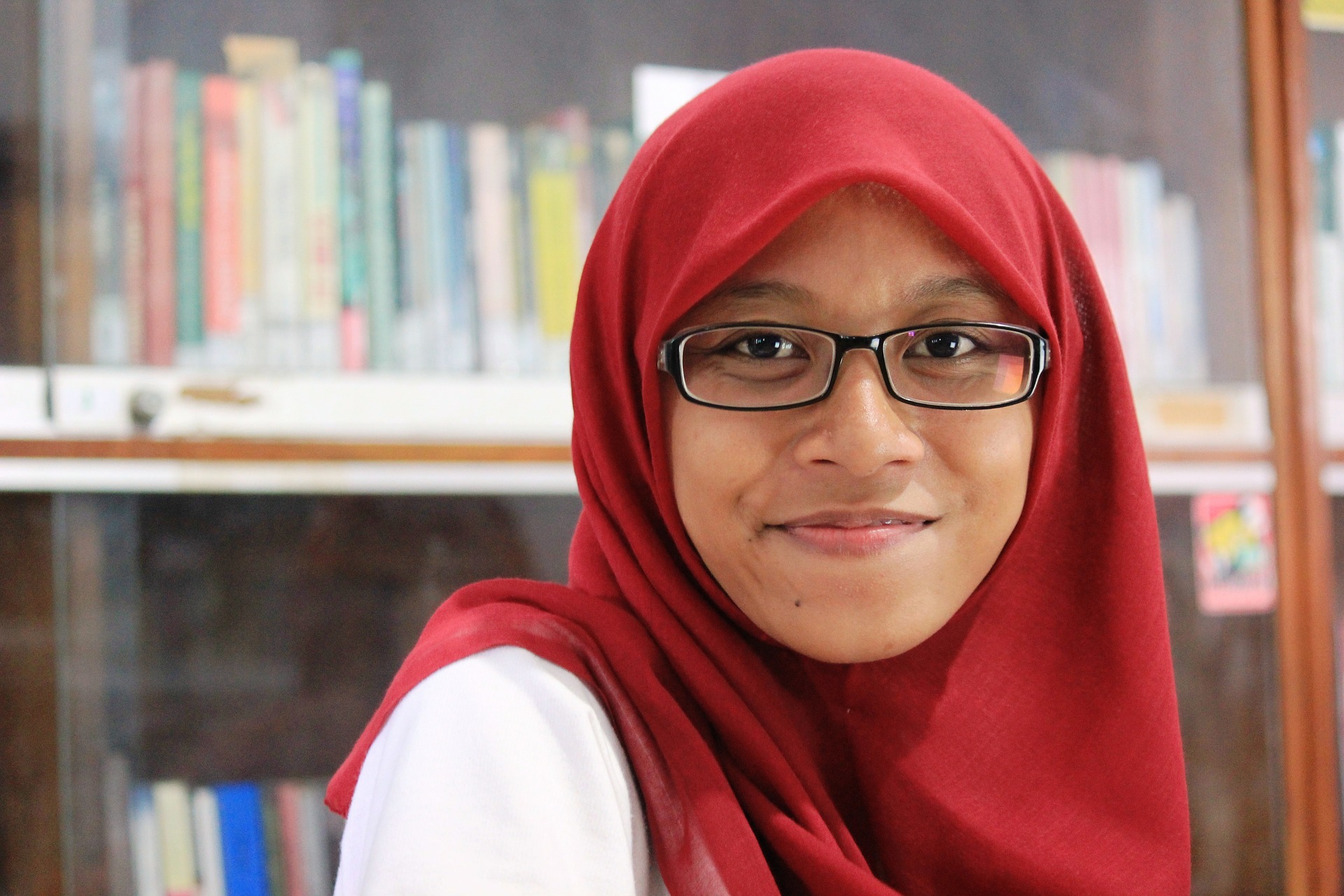
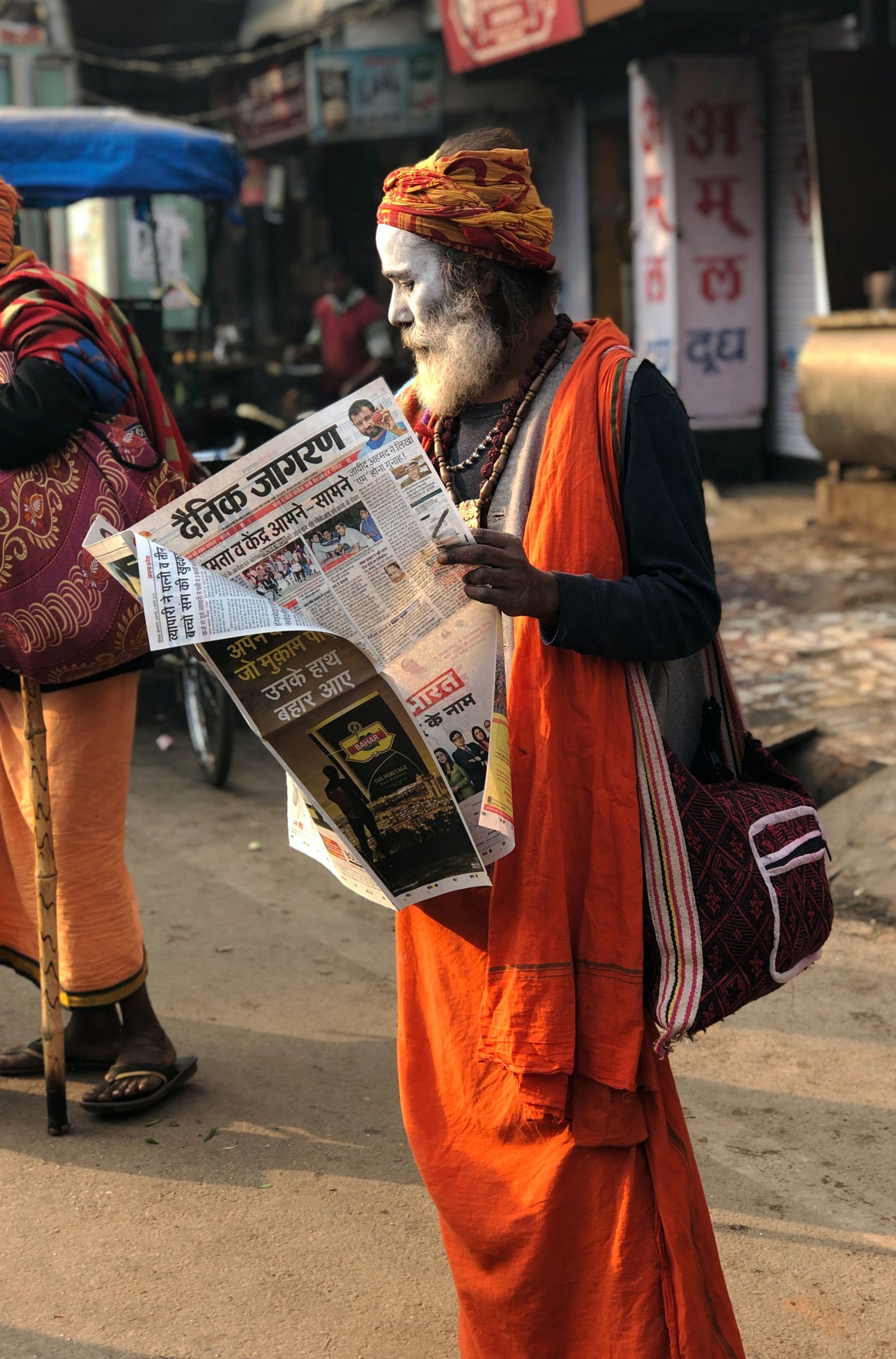
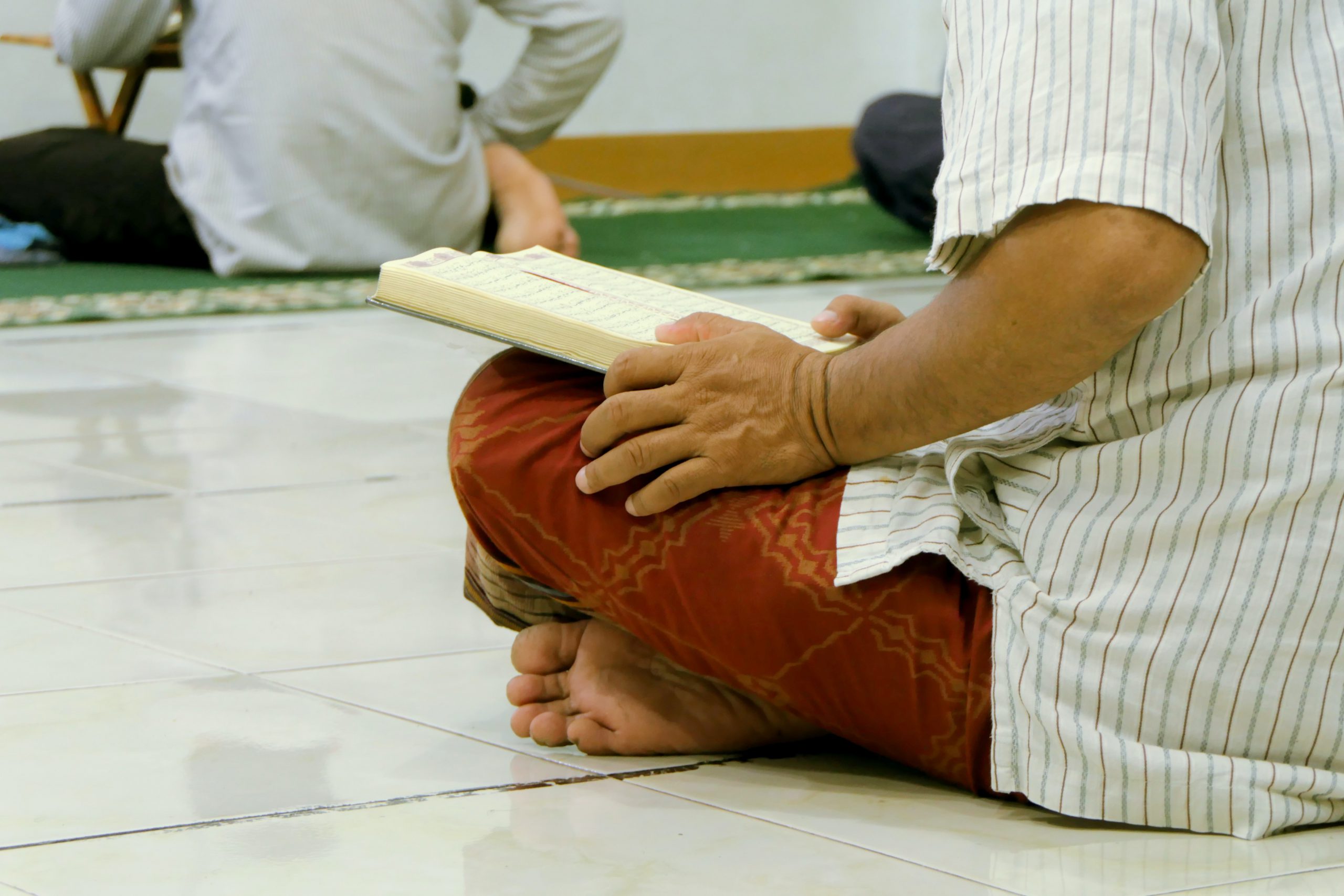
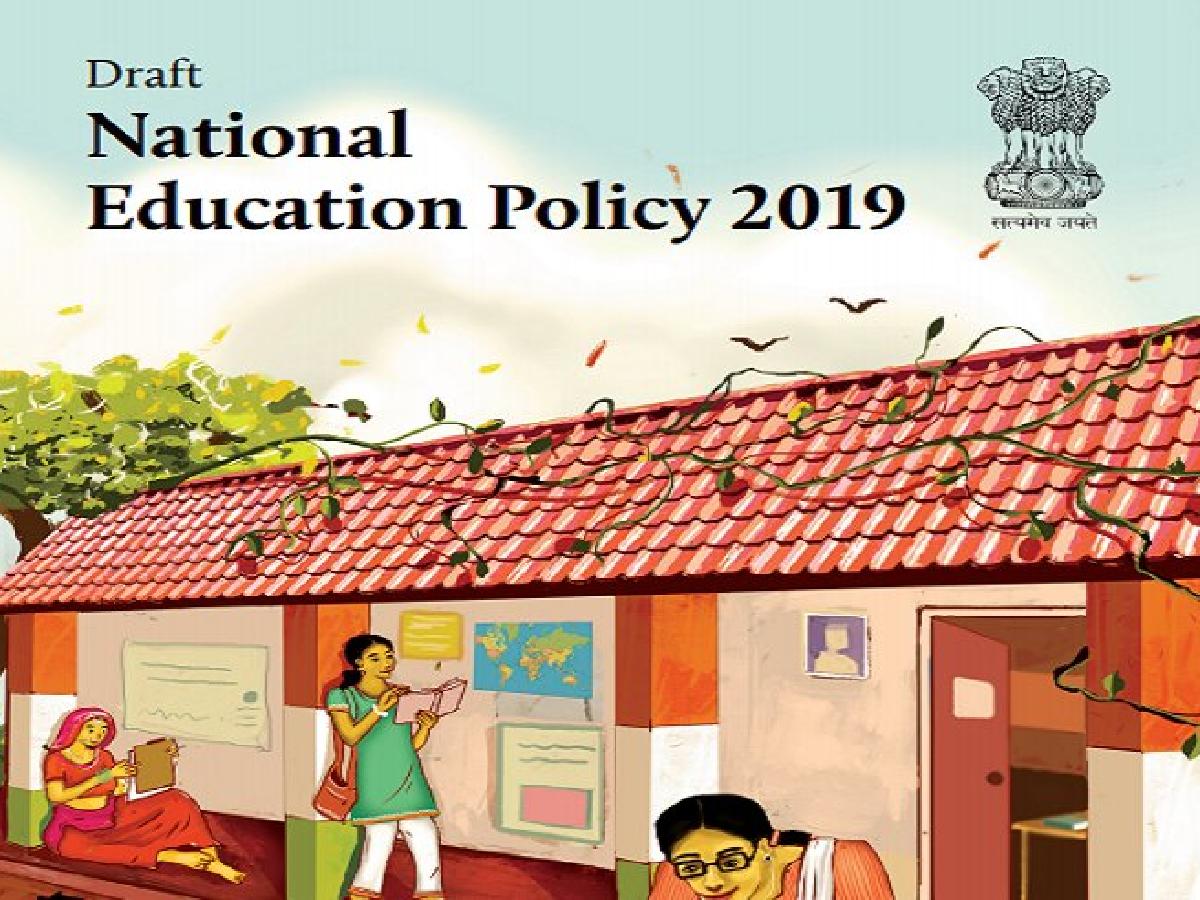


Mrudula Bhalke
Honestly, it was alarming to know of this! Might be because I have just started to look around what’s happening or maybe because things like these were not highlighted for some reason in the media or the society or my friends or my family for that matter or maybe because I was simply ignorant.
I wonder how many people like me are out there though. Are they aware of such things happening? Are they questioning? Do they even bother to know? I think it’s important to address these issues because I feel ignorance and zero knowledge is the root cause of all the communal riots or crosses that can be seen happening now-a-days. Neither party wants to take a civilized way towards the solution.
Obviously the blame game to political parties can continue, but when debates happen like how they do these days with half knowledge and utter disgrace and disrespect, our country seems to be going no where. And when I say our country, I mean the majority population and that is the youth of the country. The adults seem to be comparatively more clear with their thoughts, but they are seen as outdated people with outdated thoughts, some even take several steps towards what they are thought to be..
Having said all that and acknowledging the fact that you cannot keep religion or history away from the people, especially selectively, which seems to have been happening unintentionally or intentionally, I feel that our education system needs a reform in promoting religious education too. I am totally in consent with what the new policy has done, but I feel that it has just tried to do away with what should not have been there. Has there been any efforts to look forwards?
For me, looking forwards is, providing all inclusive religious education to every single child through schools, private or public. At this point of time, I feel, the children need to acknowledge every religion that exists in our country, and not just on the way they dress or eat or celebrate, but on what they preach. They should be taught to discuss openly on religious beliefs and practices, to ask, to understand, to learn and to come to a common level of understanding and solution and live in harmony. I feel that this can really change the thought process of the future community as a whole.
Would really love to have someone from the ITC to address this and analyse and assess the scope and relevance of this view point, preferably Sai sir if he considers this worth his precious time 🙂
Thankyou!
Sriram
This is plain loot. There should be a survey wrt the proportion of taxes paid by each religious group. Not suggesting that spending be in accordance but still, it pains to see that taxpayers’ money is being put to propagate religion and that too discriminatorily.